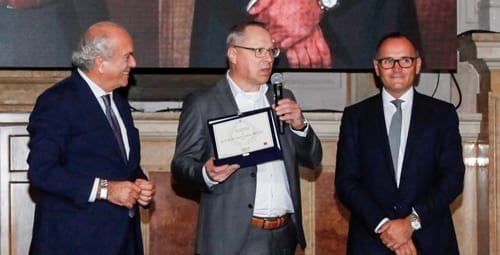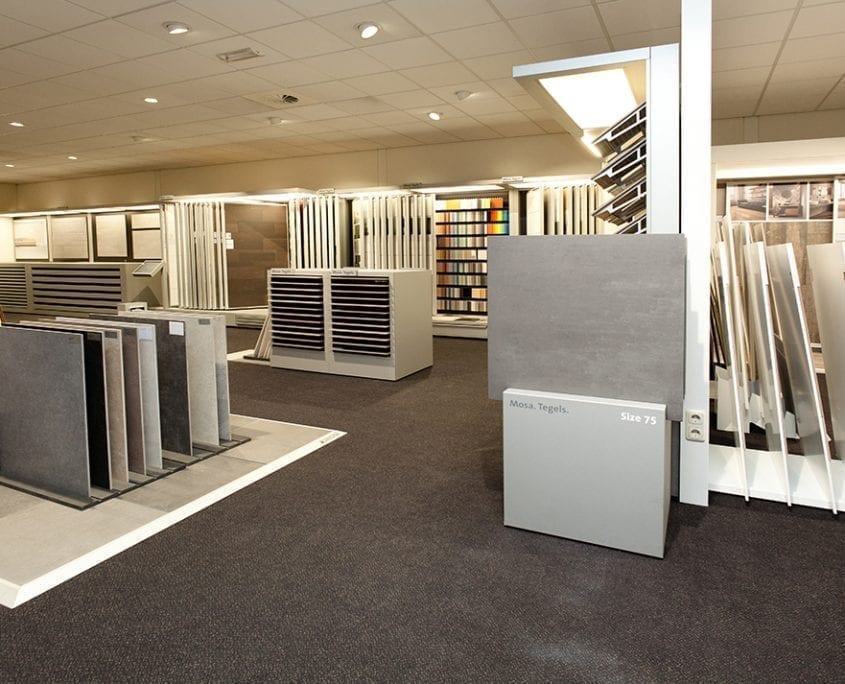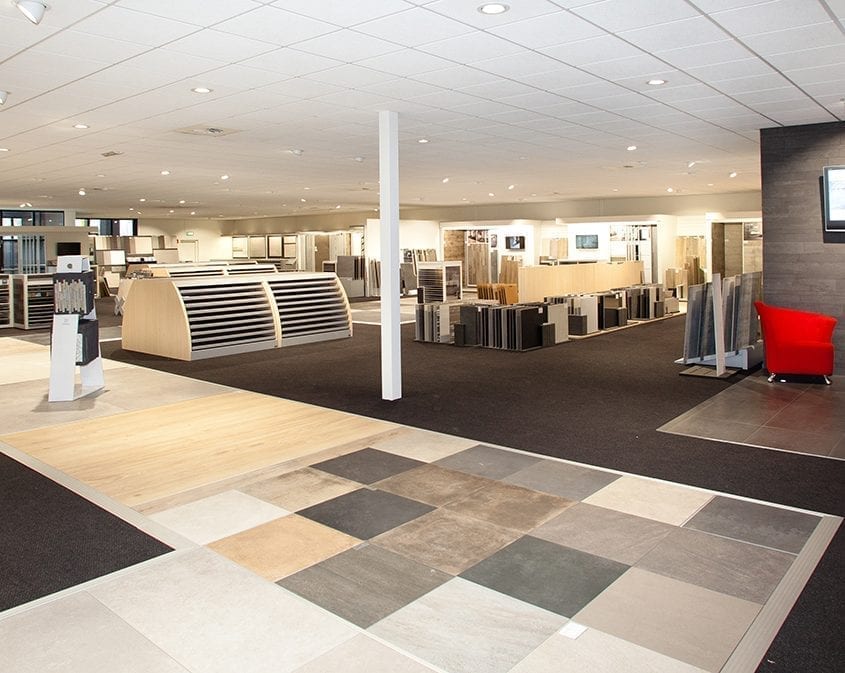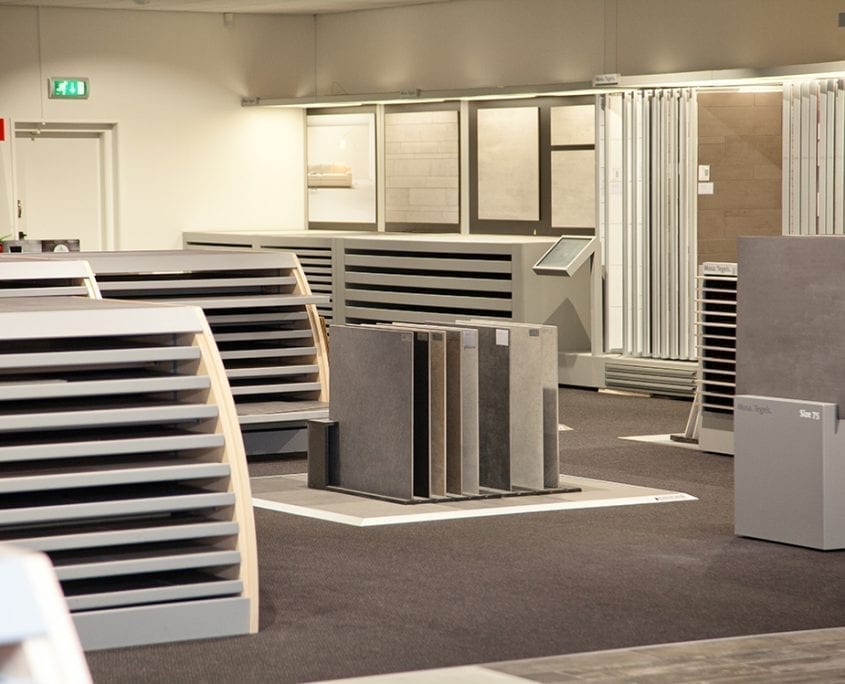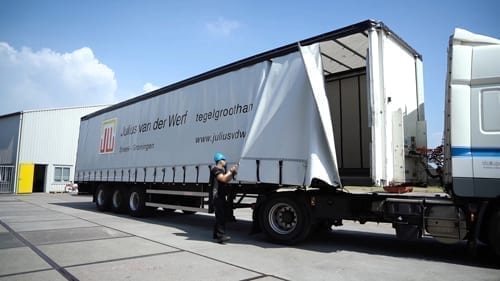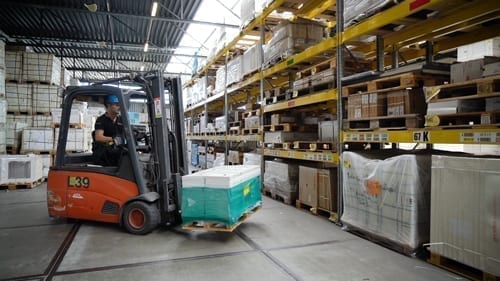Interviews

Italians create new trends | by Simona Storchi
Julius van der Werf is a Dutch company founded in 1932 by the van der Werf family. It has two showrooms and a warehouse covering a total floor space of 22,000 square metres in the cities of Sneek, in the south-western province of Friesland, and Groningen, the largest city in the north of the country. The company employs 65 people and has a consolidated turnover of 35 million euros, 85% of which is generated from sales of ceramic tiles.
“Julius van der Werf started out by selling building materials, then the business changed and the company specialized in ceramic tiles and related articles such as adhesives,” explain the owners Rolf Haan and Menno Poelstra. “We are a wholesaler and work business-to-business with a range of medium-high-end products”, they add. “Italian ceramic tiles fit our assortment perfectly.”
What are the main characteristics of your showrooms?
Our two showrooms support our sales department. Turnover is generated by our merchandise department, mainly through retailers (60%) and tile professionals (30%). Thanks to a specialized project department called NAU, since 2016 we have been working with young architects and interior designers. We have more than 800 fully equipped exhibition spaces, all created by the sales team based on our customers’ characteristics.
What are you looking for when you buy Italian tiles?
First and foremost we look for new designs. As a ceramic tile specialist, it’s very important for us to be able to offer our clients the latest innovations. Italy has always been our source of high-level products for our primary sales market.
What’s the difference between Italian tile producers and non-Italian competitors?
The non-Italian producers compete in the low-price product segment and push large volumes of tiles onto the market. The Italian producers are trendsetters, they create rather than produce. This ability to make new trends fits in perfectly with our strategy. For the merchandise department, it’s more important to work tirelessly to make beautiful interiors with distinctive allure then to sell large volumes at low prices. And last but not least, it’s much more enjoyable to deal with cool, stylish products.
What do you think Italian companies need to do to become more attractive to your distribution market?
First of all we need overall support to promote tiles as there are no organisations that do this in the Netherlands. Year by year tiles are gradually losing market share to competitors. We are confident Italian companies will continue to develop new solutions, as they did with concrete-effect and wood-effect tiles, and to launch successful trends.
Main Italian brands distributed by Julius van der Werf
Arpa
Century
Del Conca
Fiordo
Flaviker
Fondovalle
Keope
Gazzini
Marazzi
Naxos
Novabell
Panaria
Pastorelli
Sichenia
Sintesi
Tagina
December 2018





